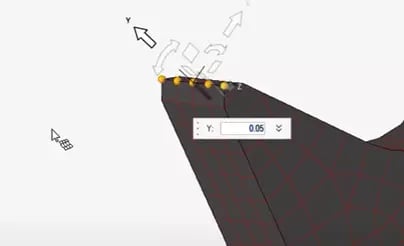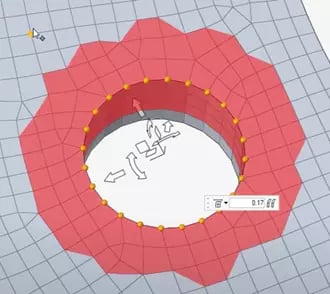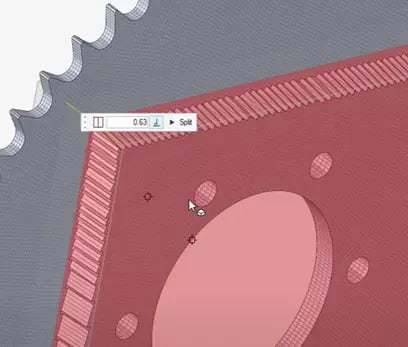Morph Meshing in Altair HyperMesh: Types and Applications
In this blog post we talk about the methods for applying mesh morphing using Altair HyperMesh. Also check out our YouTube Channel for a video on the topic.
One of the powerful features that Altair HyperMesh offers is morph meshing, a technique that can play a role in mesh manipulation and customization. This article will give you an understanding of the various types of morph meshing available in Altair HyperMesh and their best applications in engineering simulation.
Understanding Morph Meshing
Morph meshing is a process by which mesh elements are adjusted, transformed, or deformed in a controlled manner to achieve specific simulation goals. This technique enables engineers to modify the mesh while preserving the geometry and topology of the model, ensuring that changes made to the mesh align with the underlying design intent.
Altair HyperMesh offers several types of morphing techniques, each tailored to address specific simulation challenges. Let's delve into these techniques and their optimal applications.
Free Morph
Free Morph is a versatile morphing technique that employs control points to manipulate the geometry of the mesh. By adjusting the positions of these control points (nodes, faces or edges), users can modify the mesh smoothly, allowing for shape optimization, aerodynamic studies, and ergonomic evaluations. Free Morph is particularly useful in cases where subtle changes to the geometry can significantly impact the simulation results.
Best Applications: Shape optimization in automotive and aerospace design, meshing of organic or ergonomic shapes, structural analysis of large beams and applications requiring precise meshing of moving parts, hinges, and contacts.
 Fig 1: Adjusting mesh with nodes along the end of a gear tooth.
Fig 1: Adjusting mesh with nodes along the end of a gear tooth.
Proximity Morph
Proximity morphing is very similar to Free Morphing but does not require a user to define an anchor node. Instead of uniformly morphing the entire mesh, users can modify elements near regions of interest while maintaining the overall geometry and topology of the structure. This level of mesh customization ensures that simulations capture critical details without compromising efficiency.
Best Applications: Surface deformation due to thermal warping, contact analysis with deformation, vibration and frequency analysis or crack propagation studies.
 Fig 2: Adjusting mesh using nodes around the edge of a hole.
Fig 2: Adjusting mesh using nodes around the edge of a hole.
Morph Volume
Morph Volume works by enclosing mesh into six-sided prisms, allowing users to adjust edges or nodes within the prism and having those changes affect through the shape. Users can morph the entire volume mesh of a component by applying transformations such as stretching, twisting, and scaling. This technique is beneficial when dealing with complex structures that require non-uniform adjustments throughout the mesh volume.
Best Applications: Morph Volume finds its best applications in assemblies where multiple faces or elements need to be adjusted simultaneously or users are making large scale changes to complex meshes.
 Fig 3: Enclosed mesh being split.
Fig 3: Enclosed mesh being split.
Morph meshing in Altair HyperMesh has been around a long time and can save users a lot of time in the modification of a mesh and make the simulations much more accurate. From shape optimization and topology exploration to adaptive structures and fluid dynamics, each morphing technique has its own unique set of applications that contribute to enhancing the accuracy and reliability of engineering simulations. The video below walks through these different morphing techniques to show you the ease at which someone can use them.

